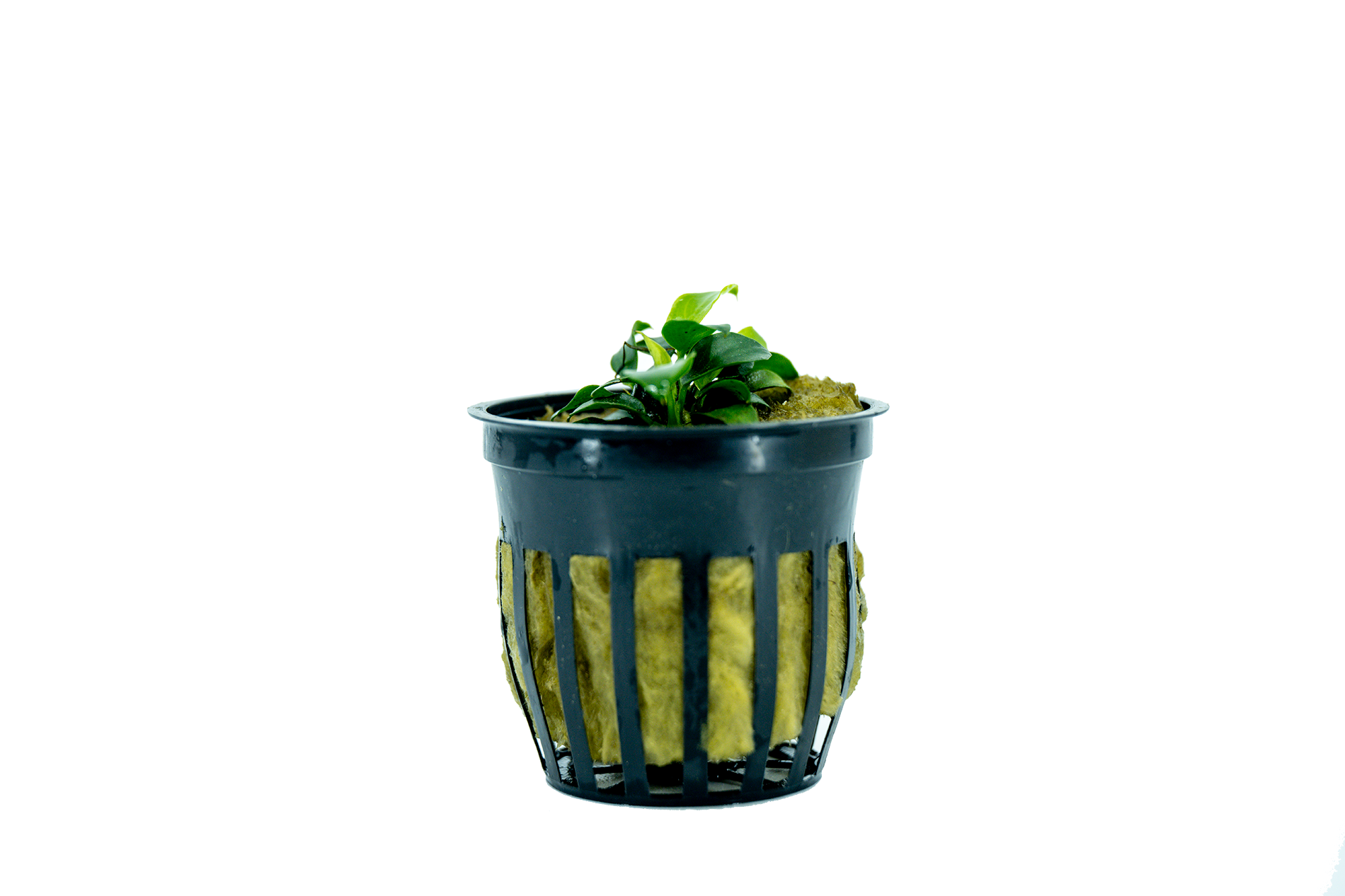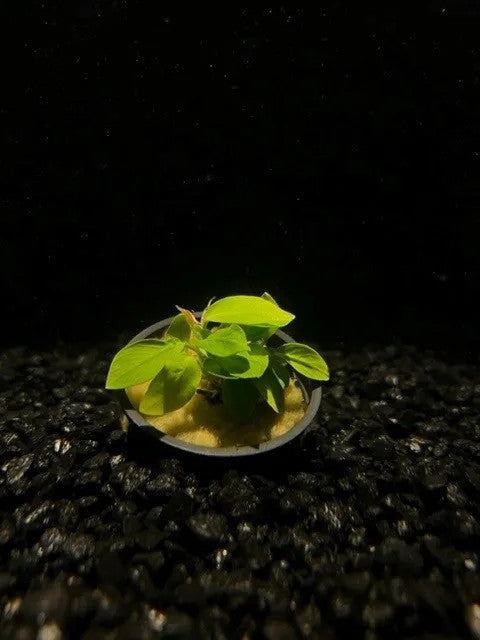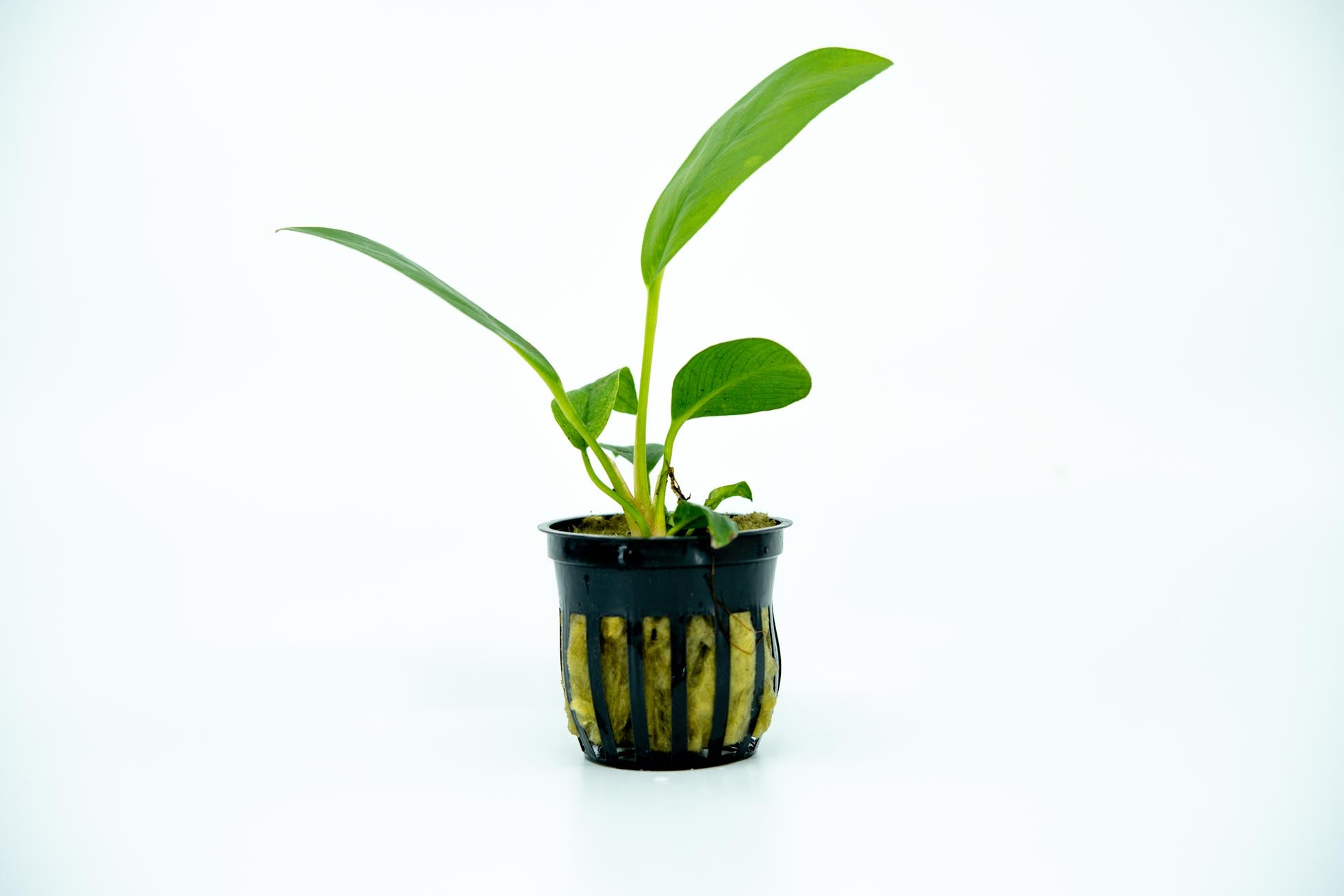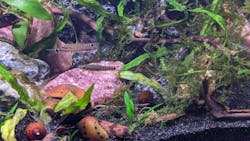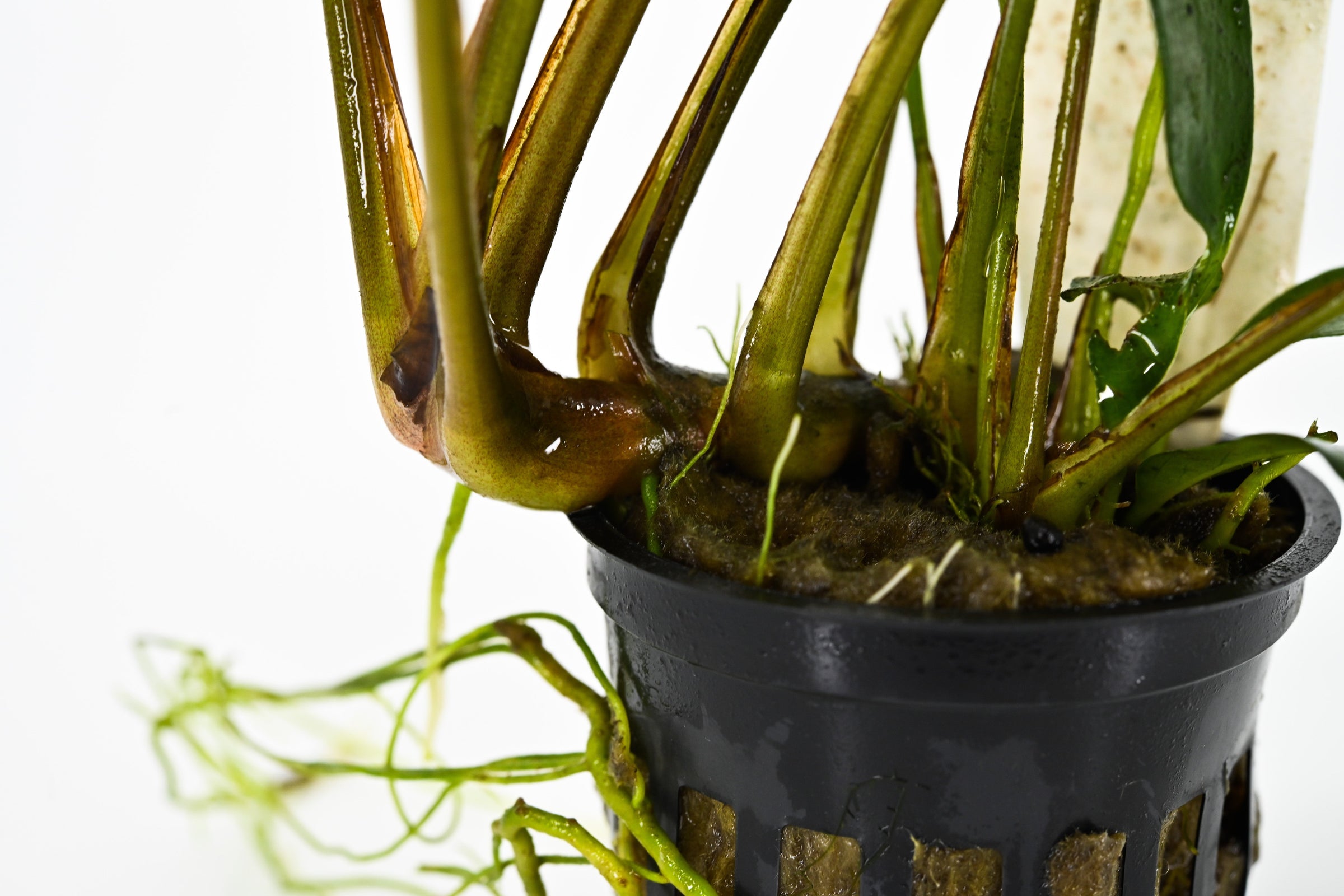
Anubias Plants
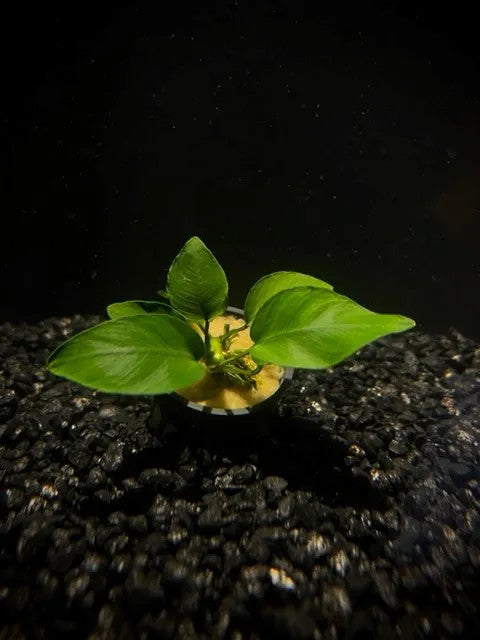
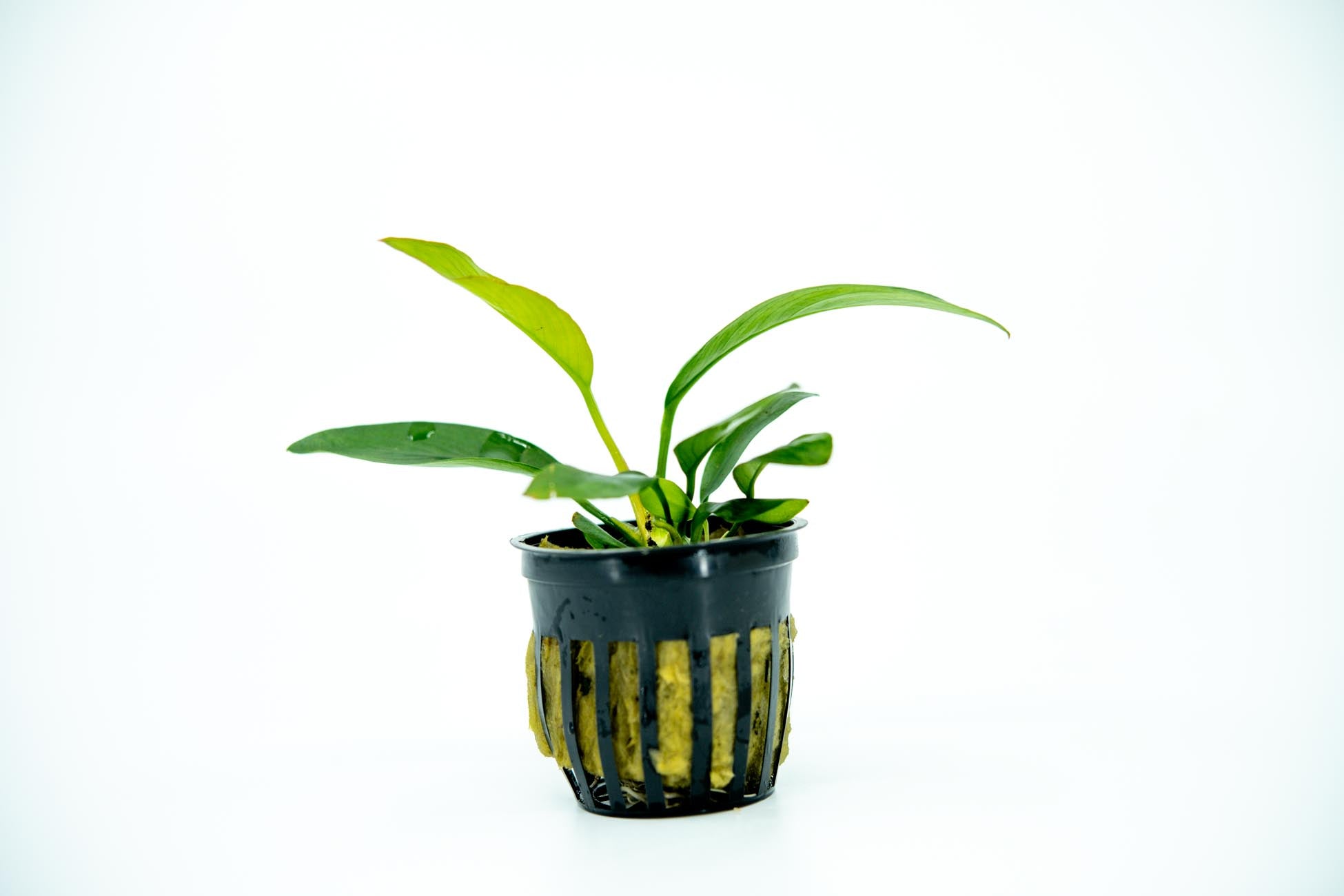
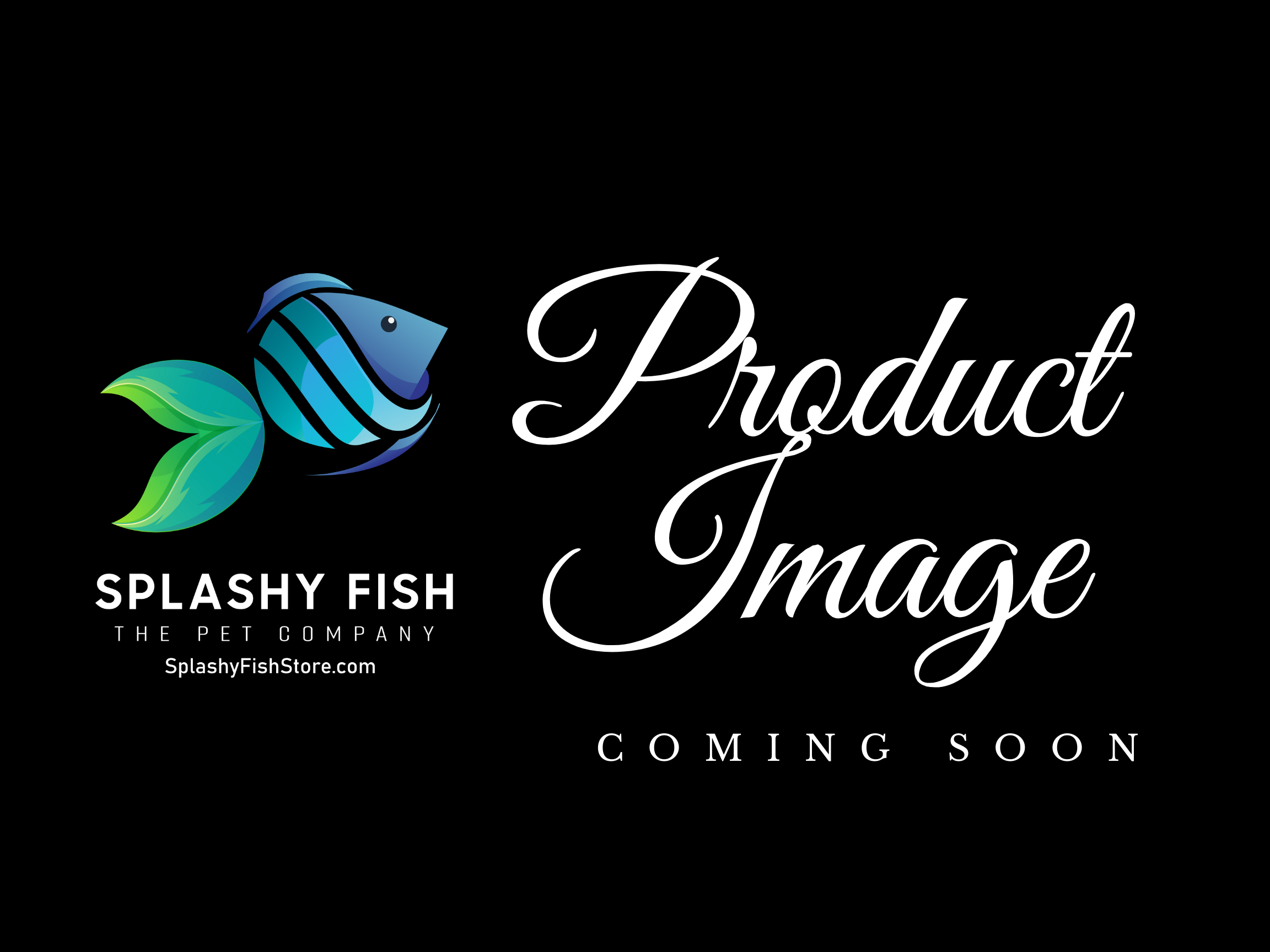
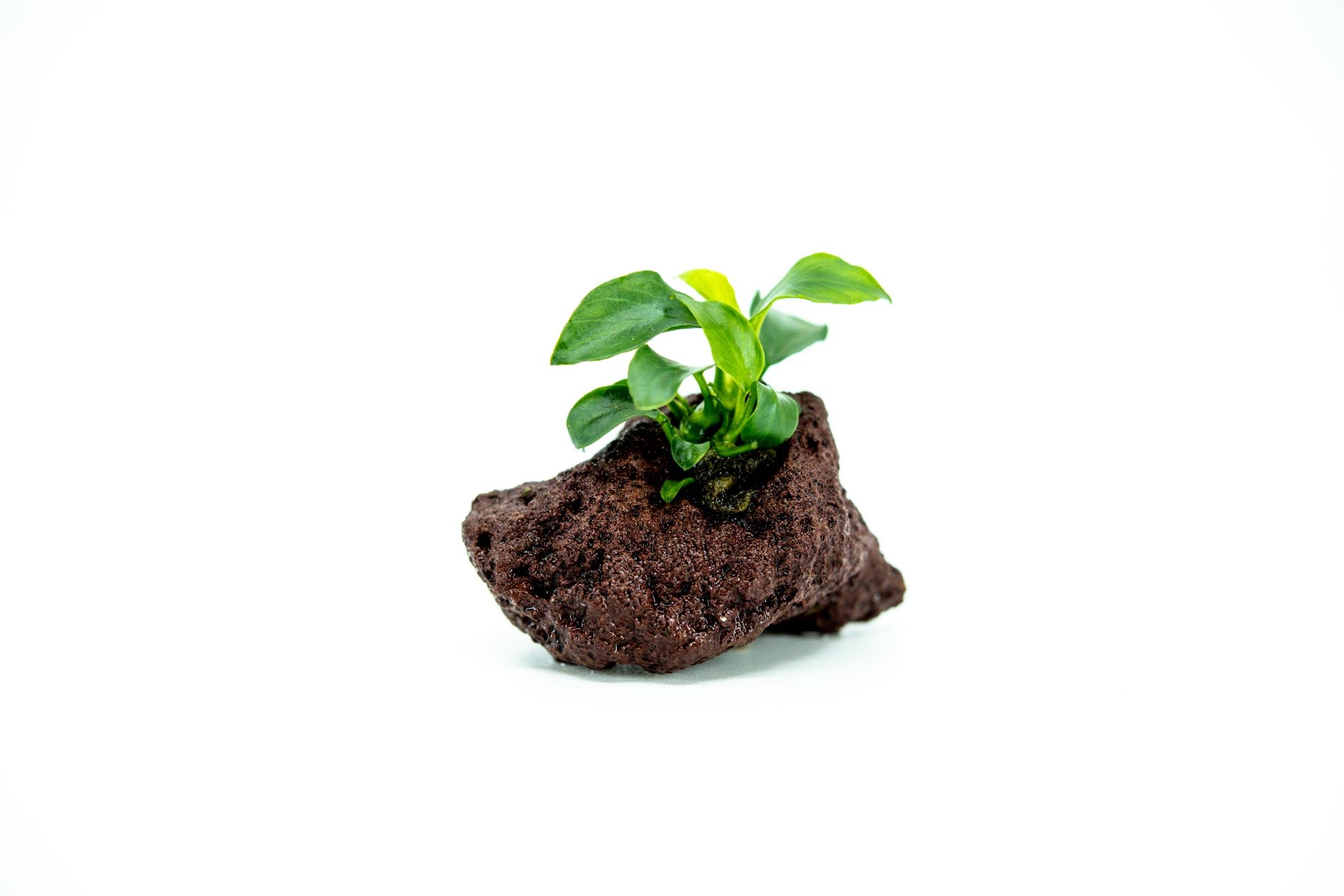
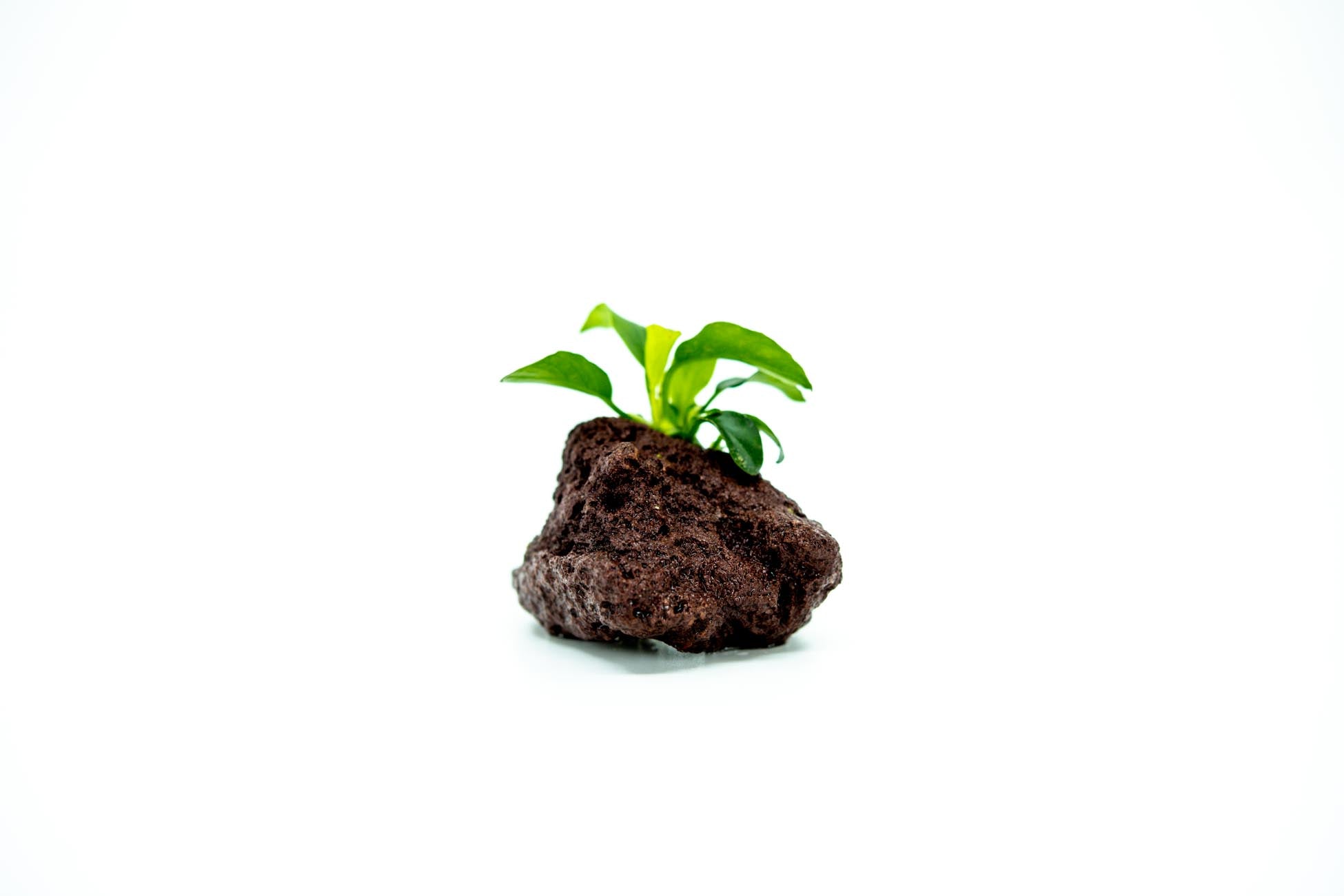
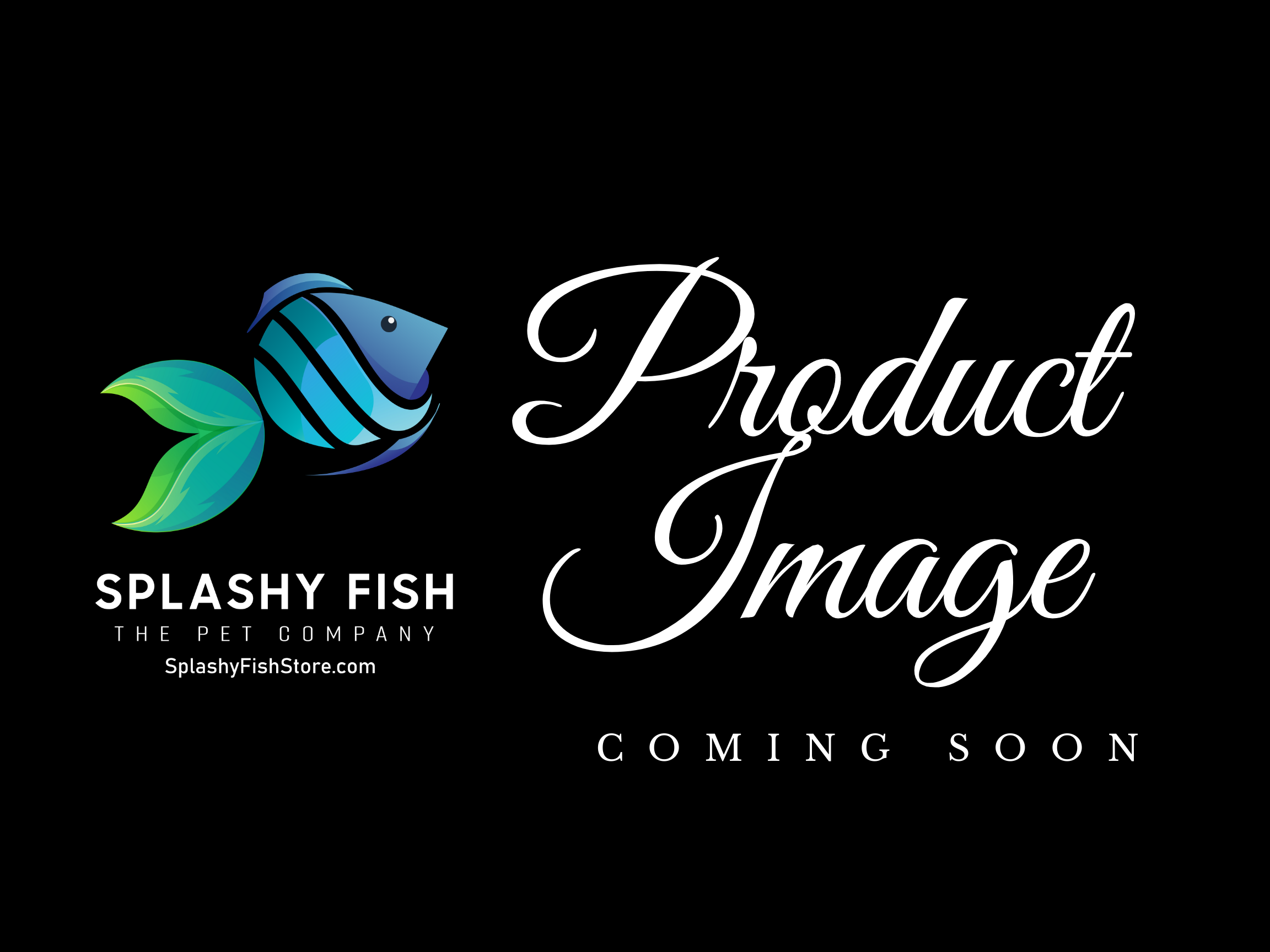
Anubias, a genus of flowering plants native to Africa, is a favorite among freshwater aquarium enthusiasts. These hardy and low-maintenance plants are known for their lush foliage, slow growth, and adaptability to various water conditions. Their unique ability to thrive in low light and resist algae growth makes these aquarium plants ideal for both beginners and experienced aquarists.
Anubias live plants are commonly used in aquascaping in planted tanks and can be glued on driftwood. With thick green leaves, making it a great starter plant for beginner hobbyists and advanced-level aquascape artists. All Anubias plants for sale on Splashy Fish are submerged, grown, and covered by our Live Arrival Guarantee. Visit us to buy them online or at aquarium store in Virginia for more aquarium plants for sale, freshwater fish for sale, freshwater shrimp for sale, and aquarium supplies.
Anubias Plants Care Guide:
- Tank Size: Anubias can be grown in nano tanks as small as 5 gallons or larger aquariums.
- Water Parameters: They thrive in a pH range of 6.0-7.5, soft to moderately hard water, and temperatures between 72-82°F (22-28°C).
- Lighting: Anubias prefers low to moderate lighting. Excessive aquarium light can encourage algae growth on their leaves.
- Substrate: While they don't require a specific substrate, attaching Anubias to driftwood or rocks is recommended to prevent root rot.
- Fertilization: While not necessary, using fertilizers occasionally can enhance growth and color.
- Propagation: Anubias can be easily propagated by dividing the rhizome, the thick stem from which leaves and roots emerge.
See more details on How to Care for Anubias Plants here.
Popular Anubias Varieties:
- Anubias Barteri: The most common and versatile variety, available in various leaf shapes and sizes.
- Anubias Nana: A dwarf variety, perfect for nano tanks and foreground placement.
- Anubias Congensis: Known for its elongated leaves and upright growth habit.
- Anubias Coffeefolia: Features unique, textured leaves resembling coffee beans.
- Anubias Golden: A rare variety with vibrant, golden-yellow foliage.
Anubias Plant Frequently Asked Questions FAQs:
Are Anubias plants easy to care for?
Absolutely! Anubias is renowned for its resilience and low-maintenance nature. They can tolerate a wide range of water conditions and thrive even in low light, making them perfect for beginners.
Can Anubias be planted in the substrate?
While it's possible, burying the rhizome (thick stem) can lead to rot. It's best to attach Anubias to aquarium decor such as rocks or driftwood using fishing lines or plant glue.
How do Anubias plants reproduce?
Anubias reproduce through rhizome division. Simply cut a portion of the rhizome with leaves and roots attached, and it will develop into a new plant.
The Ultimate Guide to Growing and Caring for Anubias Plants: Tips, Tricks, and Expert Advice
Welcome to the ultimate guide on growing and caring for Anubias plants! Whether you're a seasoned plant enthusiast or just getting started with your green thumb, this article will provide you with all the tips, tricks, and expert advice you need to successfully grow and care for Anubias plants. Anubias plants are a popular choice for aquarium enthusiasts due to their beautiful foliage and ability to thrive in a variety of conditions. With their vibrant green leaves and low maintenance requirements, Anubias plants can add a touch of natural beauty to any aquatic environment. In this comprehensive guide, we'll cover everything from choosing the right Anubias species for your tank to providing optimal lighting, water conditions, and nutrition. We'll also delve into propagation techniques, pest prevention, and common troubleshooting tips to ensure your Anubias plants remain healthy and flourishing. Whether you're looking to enhance the aesthetics of your aquarium or create a lush and thriving aquascape, this guide will equip you with the knowledge and tools necessary to cultivate and care for Anubias plants like a true expert. So, let's dive in and unlock the secrets to successful Anubias plant cultivation!
Origin
Anubias plants are native to tropical regions of Africa, particularly in areas where the environment alternates between wet and dry seasons. Found along rivers, streams, and marshlands, they are naturally accustomed to shaded, low-light conditions with ample moisture. This resilience makes them well-suited to aquariums, where they can thrive in low-light conditions and tolerate fluctuations in water quality.
Benefits of Growing Anubias Plants
Anubias aquarium plants offer a range of benefits beyond just aesthetic appeal. Here are some of the primary advantages of incorporating these live plants into your tank:
- Water Quality Improvement: Anubias plants help to absorb excess nutrients in the water, like nitrates, which contributes to cleaner, clearer water. They also release oxygen, which benefits fish and other aquatic life.
- Reduction of Algae Growth: By competing with algae for nutrients, Anubias plants can help reduce algae outbreaks, especially when planted in balanced quantities.
- Low Maintenance Requirements: These freshwater plants are incredibly resilient and adapt well to different lighting and water conditions. They grow slowly, which means you won’t need to prune or trim them as often as faster-growing plants.
- Compatibility with Aquatic Life: Anubias plants are compatible with a wide variety of freshwater fish and shrimp, making them suitable for community tanks. Their broad leaves provide hiding spots for smaller fish, fry, and shrimp.
- Enhanced Aesthetic Appeal: With their broad, dark green leaves, Anubias plants add a natural and elegant look to any aquarium. They pair well with other aquatic plants, creating a balanced and visually pleasing aquascape.
Due to their hardiness and aesthetic value, Anubias plants have become a favorite choice for beginner and advanced aquarists alike.
Types of Anubias Plants and Their Characteristics
There are several varieties of Anubias plants, each with unique characteristics that make them suitable for different aquarium setups. Understanding the traits of these popular varieties will help you choose the right one for your tank.
Anubias Barteri
Anubias Barteri is one of the most commonly kept species in the Anubias genus. With broad, dark green leaves that can reach up to 16 inches in height, it makes an ideal background plant for larger tanks. This species grows best when attached to rocks or driftwood, as burying its rhizome can lead to root rot.
Anubias Nana
A smaller variety, Anubias Nana has a compact size and grows up to 6 inches tall, making it ideal for mid-ground placement. Its slow growth and hardiness make it a popular choice for nano aquariums and tanks with smaller fish or shrimp.
Anubias Nana Petite
Known for its miniature size, Anubias Nana Petite has tiny, dense leaves that grow close to the rhizome. This species is well-suited for aquascapes needing foreground coverage and can create a carpeted effect when planted in clusters.
Anubias Coffeefolia
This variety has distinct coffee-colored, textured leaves that add visual interest to any tank. Its unique appearance makes it a great mid-ground plant, though it grows slightly larger than Anubias Nana, so it works well in larger tanks.
Anubias Hastifolia
With arrow-shaped leaves, Anubias Hastifolia stands taller than most varieties, making it suitable for vertical spaces. Its distinct foliage provides a unique appearance, ideal for adding depth to larger aquariums.
How to Care for Anubias Plants
Choosing the Right Environment for Anubias Plants
Anubias plants are highly adaptable and thrive in both freshwater and brackish water environments, as long as the water conditions remain stable. They prefer tanks with gentle water flow, as high currents can damage their leaves and hinder growth. Anubias plants are also suitable for both low-light and medium-light setups, although too much light can encourage algae growth on their leaves.
Ideal Water Conditions
Maintaining consistent water parameters is key to healthy Anubias plants. Here are the recommended ranges:
- Temperature: 72°F to 82°F (22°C to 28°C). Avoid drastic temperature changes.
- pH: 6.5 to 7.5, with a preference for slightly acidic to neutral conditions.
- Hardness: Moderate hardness is ideal, though Anubias plants are tolerant of both soft and hard water. Stable conditions are more important than specific parameters.
Weekly water changes are recommended to maintain water quality and reduce algae buildup.
Lighting Requirements
One of the primary reasons Anubias plants are popular is their ability to thrive in low-light conditions, making them perfect for tanks that don’t have intense lighting setups. Ideally, they need 30-50 PAR (Photosynthetically Active Radiation), and direct light should be minimized to prevent algae growth on the leaves. Placing the aquarium plants in shaded areas within the tank can also help reduce algae and enhance their longevity.
Substrates
Anubias plants don’t need traditional substrate planting, as their rhizome (horizontal stem) should remain exposed to prevent root rot. Instead, they are best suited for attachment to hardscapes like rocks, driftwood, or other aquarium decorations. Use a fishing line, cotton thread, or aquarium-safe glue to anchor the rhizome, allowing the roots to establish over time. This versatility in placement makes Anubias plants a flexible option for various aquascaping styles.
Fertilization
While Anubias plants are low-demand, they do benefit from occasional fertilization. Liquid fertilizers are ideal, especially those rich in micronutrients like potassium and iron, which encourage vibrant, green leaves. It’s important to avoid fertilizers with high nitrogen or ammonia, as these can harm fish and other tank inhabitants. Root tabs can also be used if the Anubias is placed near the substrate.
Proper Planting and Propagation Techniques
Propagating Anubias plants is relatively simple and involves cutting the rhizome. Here’s a step-by-step guide:
- Select a healthy plant with a well-established rhizome.
- Using sharp scissors or a knife, cut the rhizome into sections, ensuring each section has at least a few leaves attached.
- Attach the new rhizome section to a hardscape using thread or glue, then allow it to root naturally.
Over time, the plant will produce new leaves and expand, creating a lush display in your aquarium.
Placement in Aquarium Tank
Placement of Anubias plants is crucial for aesthetic appeal and plant health. Mid-ground positioning works well for most species, while smaller types like Anubias nana petite are ideal for the foreground. For larger aquariums, consider layering different types of Anubias plants to create depth and dimension.
Anubias Compatibility with Other Aquatic Plants
Anubias plants are compatible with a wide range of tank mates and other freshwater plants. Their tough, fibrous leaves deter most herbivorous fish, though species with aggressive plant-eating tendencies (like some cichlids) may still nibble on them.
Compatible Fish Species
Anubias plants work well with peaceful fish species like tetras, guppies, bettas, and dwarf gouramis. They also provide excellent cover for freshwater shrimp, particularly Neocaridina and Caridina varieties, which benefit from the biofilm that grows on the plant's leaves.
Compatible Plant Species
Anubias plants can coexist with other low-light plants like Java Fern, Java Moss, and Cryptocoryne. These plants share similar lighting and nutrient requirements, making them ideal companions in a natural aquascape setup.
Aquascape Ideas with Anubias Plants
- Rocky Landscape: Attach Anubias plants to dark-colored aquarium rocks to create a dramatic contrast.
- Driftwood Arrangement: Use bonsai driftwood as a focal point, attaching Anubias plants to mimic natural underwater trees.
- Carpeted Foreground: Anubias nana petite can be used to create a dense, carpeted look at the bottom of the tank.
- Layered Setup: Combine Anubias types of various sizes to create layers within your aquascape.
Common Issues and Troubleshooting Tips for Anubias Plants
Despite their hardiness, Anubias plants can face a few common issues. Here’s how to identify and address them:
Yellowing Leaves
Yellowing is often due to nutrient deficiencies, particularly a lack of iron. Adding a liquid iron supplement can help resolve this issue. However, remember to dose carefully, as excess iron can harm fish.
Algae Growth on Leaves
Algae growth is a common problem for Anubias plants exposed to too much aquarium light. Reducing light intensity and duration, along with regular water changes, can help prevent algae buildup. Adding algae-eating species like Amano shrimp or freshwater snails can also assist in keeping the leaves clean.
Root Rot
Root rot occurs if the rhizome is buried in the aquarium substrate, depriving it of proper circulation. Always attach Anubias plants to a hardscape and ensure the rhizome is exposed to prevent this issue.
Slow Growth
While slow growth is natural for Anubias, extremely slow growth can indicate a lack of nutrients or improper lighting. Ensure the plant receives a low but steady light source and add occasional liquid fertilizers to boost growth.
By regularly observing your Anubias plants and making necessary adjustments, you can keep them healthy and vibrant for years.
Anubias Plant Maintenance and Care Tips
1. Positioning and Placement
Anubias plants prefer shaded areas in the aquarium tank to avoid algae growth on their leaves. Avoid direct light, as excessive lighting can promote algae, which can block photosynthesis and impact plant health.
Tip: Place Anubias under taller plants or near rocks, or use floating plants to filter light. This helps maintain their appearance and health.
2. Routine Pruning
Though slow-growing, Anubias benefits from occasional pruning to remove damaged leaves, which encourages new growth and keeps the plant looking fresh.
Tip: Trim any yellowing or decaying leaves close to the rhizome, about once a month. Sharp, aquarium-safe scissors are ideal to minimize stress on the plant.
3. Controlling Algae Growth
Algae can be a common issue, especially if Anubias is exposed to too much light. Regular water changes, algae-eating tank mates, and balanced lighting help keep algae under control.
Tip: Consider algae-eaters like Amano shrimp, Nerite snails or Mystery snails to naturally clean leaves. Limit lighting to 8-10 hours a day to discourage algae growth on the plant’s broad leaves.
4. Fertilization and Nutrients
Anubias plants are not heavy feeders but appreciate occasional doses of liquid fertilizer to stay healthy, especially in tanks with other plants competing for nutrients.
Tip: Use an aquarium fertilizer every 1-2 weeks, focusing on trace elements like iron, potassium, and magnesium. Over-fertilizing can lead to nutrient imbalances and promote algae, so keep it light.
5. Monitoring Water Parameters
Anubias plants do best in stable water conditions. Ideal water parameters include temperatures between 72-82°F and a pH range of 6.5-7.8.
Tip: Regular water changes (20-25% weekly) help maintain stable conditions and improve water quality. Monitoring pH and temperature regularly by using water test kit prevents stress and supports growth.
6. Rhizome Care
The rhizome of the Anubias plant should always be above the substrate, as burying it can cause rot. Instead, attach the rhizome to rocks or driftwood.
Tip: Use aquarium-safe glue or fishing line to secure the rhizome. Keeping the rhizome exposed allows the plant to anchor and absorb nutrients properly.
7. Addressing Pests
While Anubias is relatively pest-resistant, new plants can occasionally introduce unwanted hitchhikers like snails or hydra.
Tip: Quarantine new plants before adding them to your tank, and inspect Anubias regularly for pests. Introducing pest-controlling species, such as Assassin Snails, can also help manage unwanted visitors.
Conclusion
Anubias plants are one of the most adaptable and visually appealing plants you can add to a fish tank. Whether you’re looking to add a pop of green to your aquarium or create a lush underwater landscape, Anubias nana, Anubias barteri broad leaf, and other Anubias types are fantastic choices. These hardy plants require minimal maintenance, making them ideal for both beginners and seasoned aquarists.
With the right care, including stable water conditions, appropriate lighting, and occasional fertilization, your Anubias aquarium plant will flourish for years. Consider the aesthetic appeal of placing Anubias live plants among driftwood, rocks, or other aquascape elements to create a natural and inviting space for your aquatic life.




















